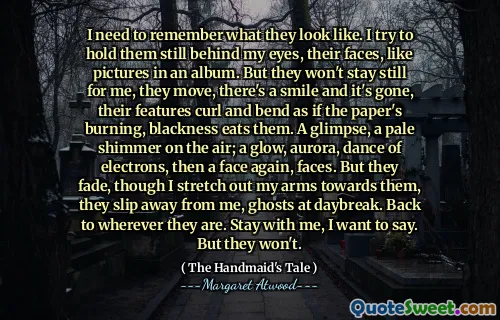If you worked out enough, maybe the man would too. Maybe you would be able to work it out together, as if the two of you were a puzzle that could be solved; otherwise, one of you, most likely the man, taking his addictive body with him and leaving you with bad withdrawal, which you could counteract by exercise. If you didn't work it out it was because one of you had the wrong attitude.
The narrative suggests a dynamic relationship where physical fitness is seen as a means to connect with another person. It hints at the hope that through shared efforts in working out, mutual understanding and solutions to personal issues might emerge. The metaphor compares the two individuals to pieces of a puzzle that fit together, suggesting that collaboration and effort could lead to resolution and harmony.
However, there is an underlying tension in the relationship, emphasizing the risk of one partner, likely the man, succumbing to his addictions and leaving the other behind in emotional pain. This pain could potentially be alleviated through exercise, indicating that physical activity may serve as a coping mechanism. The text conspicuously points out the importance of having the right mindset in overcoming challenges within the relationship, suggesting that personal attitudes significantly impact relational dynamics.






